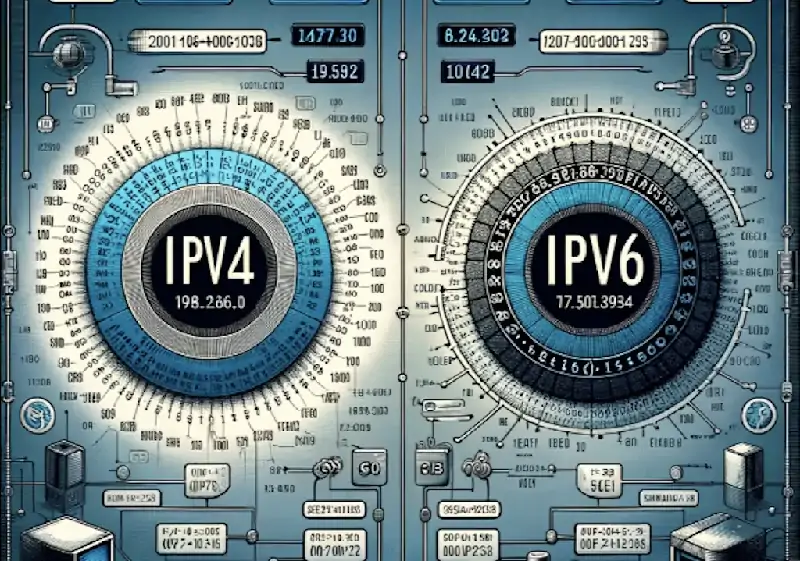- As one of the infrastructures of the internet, an internet server provides internet services for users and can store, process and transmit various data. With the continuous development of cloud computing, virtualisation and other technologies, the functions of internet servers are becoming more and more abundant.
- Building an internet server requires knowledge of network basics, system management and programming skills. Your internet server can provide stable and efficient network services for your businesses or projects.
As one of the infrastructures of the internet, internet server provides internet services for users and can store, process and transmit various data. Building an internet server requires knowledge of network basics, system management and programming skills.
The basics of internet servers
An internet server is a device that provides internet services for users, and can store, process and transmit various data. As one of the infrastructures of the internet, internet servers are becoming more and more important to modern society. They not only provide stable and efficient service guarantees for various online businesses but also provide a broad development platform for emerging technologies such as big data and artificial intelligence.
With the continuous development of cloud computing, virtualisation and other technologies, the functions of internet servers are becoming more and more abundant. For example, through the cloud computing platform, users can easily realise the on-demand expansion and flexible scheduling of computing resources. The virtualisation technology allows users to run multiple Virtual Mobile System (VMS) on one physical server to improve server utilisation. These technologies bring greater scalability and flexibility to internet servers.
Also read: Who maintains the internet’s infrastructure?
The development of internet servers in the future will be in the direction of higher performance, more secure reliable, and more intelligent. With the popularisation and application of 5G, edge computing and other technologies, the data processing capacity and response speed of internet servers will be further improved.
At the same time, artificial intelligence, machine learning and other technologies will be more widely used on the server side, bringing more intelligent experience to the management operation and maintenance of the server.
Steps to build an internet server
Building an internet server requires knowledge of network basics, system management and programming skills. Your internet server can provide stable and efficient network services for your businesses or projects.
Also read: Which VPN tunnel type uses an Internet Key Exchange (IKE)?
1. Select hardware
You can choose a server with stable performance, as well as the processor, memory, storage space, etc. to meet the needs of the service and consider redundancy backup and scalability. You can also select two servers for load balancing and fault tolerance.
2. Install the operating system
Select an operating system based on your service requirements, such as Linux or Windows. During the installation, you can customise disk partitions and system cores to meet specific requirements.
3. Configure the network environment
Configure network parameters such as the network interface, IP address, and Domain Name System of the server, and ensure that the server can communicate with external networks.
You can configure two network cards for each server, one for connecting to the internet and the other for load balancing. Each network card has an independent IP address and network interface to ensure the network connectivity and scalability of the server.
4. Configure security
Configure security facilities such as firewalls and intrusion detection systems. Configure access control policies to restrict unauthorised access and malicious attacks. You can also set SSH access for the server to ensure security during remote administration.
5. Service deployment
Deploy service software based on service requirements, such as Web servers, databases, and file sharing. At the same time, the service software configuration and optimisation. For example, after selecting Nginx as the Web server software, you can set up a Web server and publish it through domain name resolution by configuring the Nginx site file.
6. Monitoring and maintenance
Establish a server monitoring system to monitor the running status and network traffic of key indicators such as CPU, memory and disk space in real-time. Handle faults and exceptions in a timely manner to ensure the stable running of the server.









